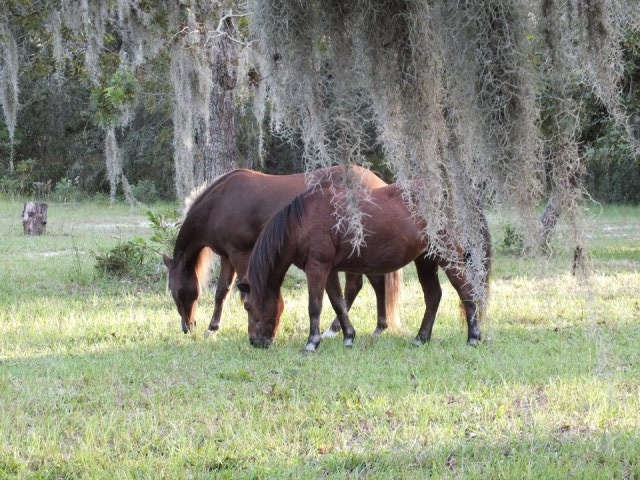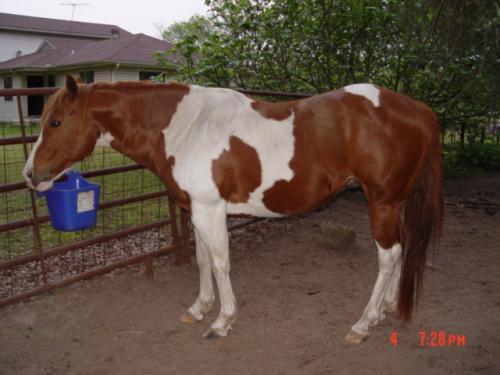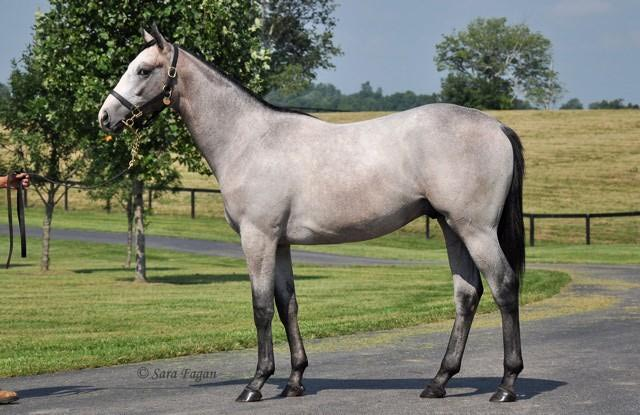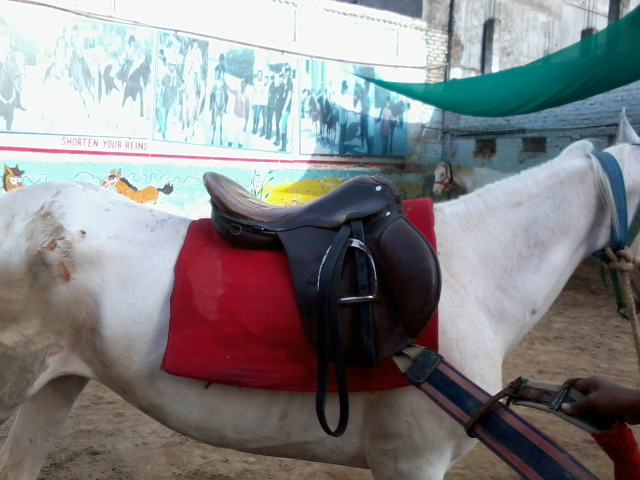QuestionHi there. Please forgive my ignorance of this subject (that's why I'm having to ask for help!). Recently I had a conversation with a rider who briefly told me it was easy to tell what type of riding a person did or the level of expertise by looking at the colors at the top of the riding boot...this peaked my interest, but I have not been able to learn anything about this on the internet...could you please give me a quick explanation about this if you have time? Thank you very much.
AnswerOkay, I don't have a whole lot of expertise on this subject, as I have limited knowledge about level of riding being determined by color at the top of a riding boot, but anyway here is what I know. Jockeys are one to have the top of their boots colored with red. Usually this shows they are no longer an apprentice, but not always. Also, fox hunters sometimes have the top of their boots with either a red or brown top. I am unsure if this distinguishes their rank within the hunt or not as I am not that familiar with fox hunting. I am guessing that they may be also talking about the difference between western and english boots (as is paddock boots, tall boots, cowboy, fringed paddock boots, etc). Also, certain types of tall english boots are typically seen areas of riding. Hunt boots (which have the laces at the ankle, are tall, and may or may not have "tabs" on the outside) are usually seen in the hunter/jumper ring and sometimes in lower level dressage or in combined training/eventing. They are also occasionally seen in foxhunting. Paddock boots may be seen in showing in the hunter ring (only in children's classes) or in saddleseat riding (gaited horses) or rarely in smaller western classes or showmanship/halter classes. Finally, dress boots are tall boots which may have a zipper going up the back, side, or may be completely solid. They never have laces and usually have a spur rest on the back. I can only assume this is what they were referring to, as I do not know of any other classification regarding boots. I hope this helps. GOod luck.

 pony mares - Rick Gore Horsemanship
Question
Millie and Angel Millie and Angel
pony mares - Rick Gore Horsemanship
Question
Millie and Angel Millie and Angel
 What is HYPP in horses?
QuestionReble
QUESTION: Need all info about HYPP
What is HYPP in horses?
QuestionReble
QUESTION: Need all info about HYPP
 stifle above the sheath
Question
yearling
hello. i believe that this yea
stifle above the sheath
Question
yearling
hello. i believe that this yea
 saddle laid correctly
Question
saddle laid
hello Lyn, is this saddle l
saddle laid correctly
Question
saddle laid
hello Lyn, is this saddle l
 bleeding hooves - Rick Gore Horsemanship
Question
hooves
hi rick! I have attached a photo so you
bleeding hooves - Rick Gore Horsemanship
Question
hooves
hi rick! I have attached a photo so you